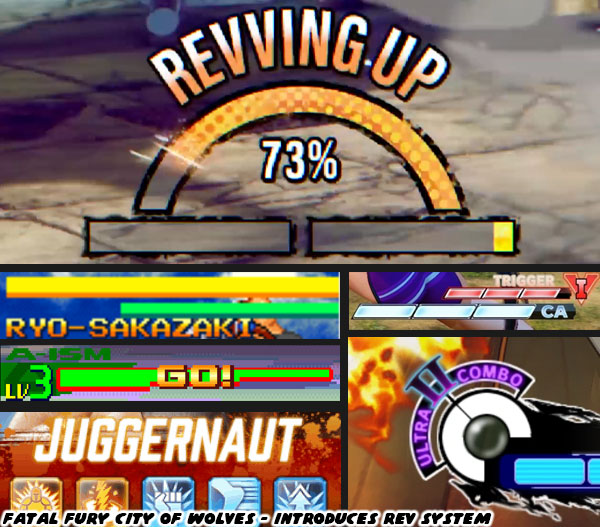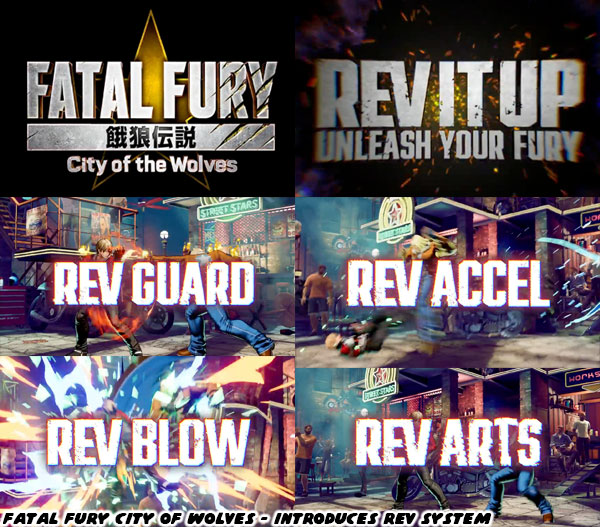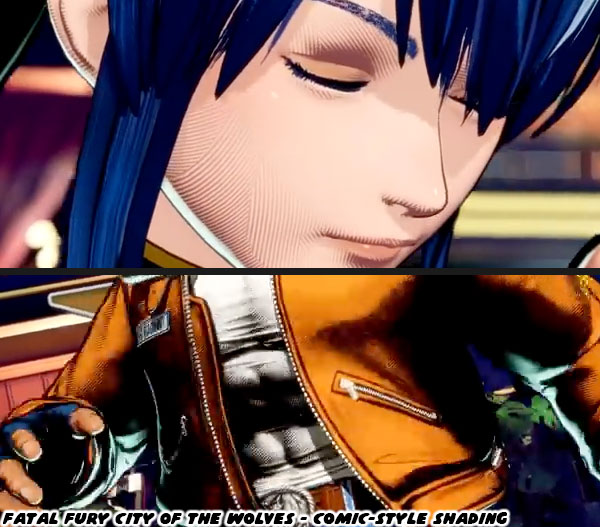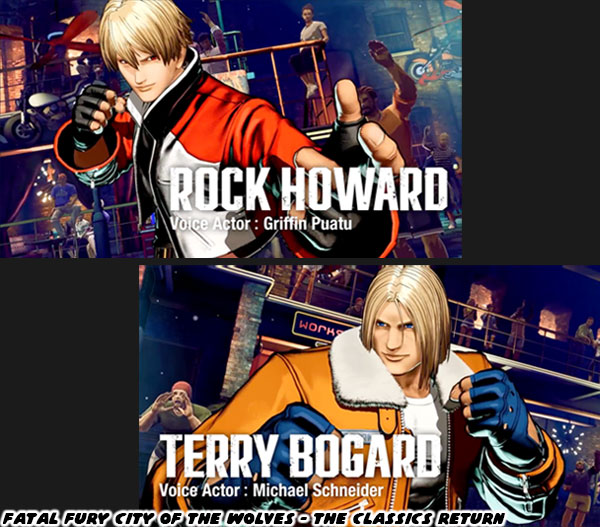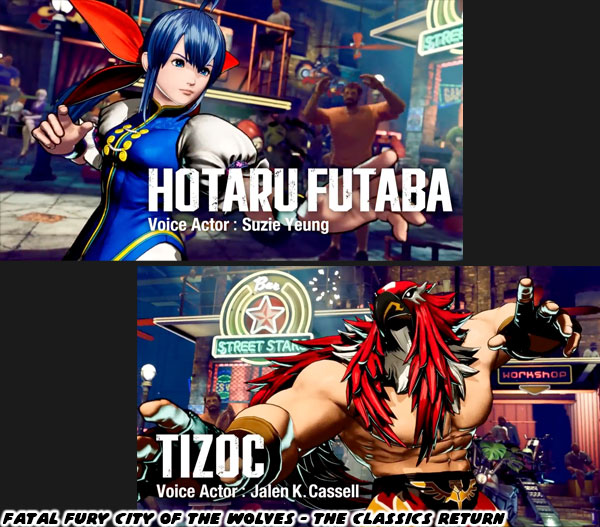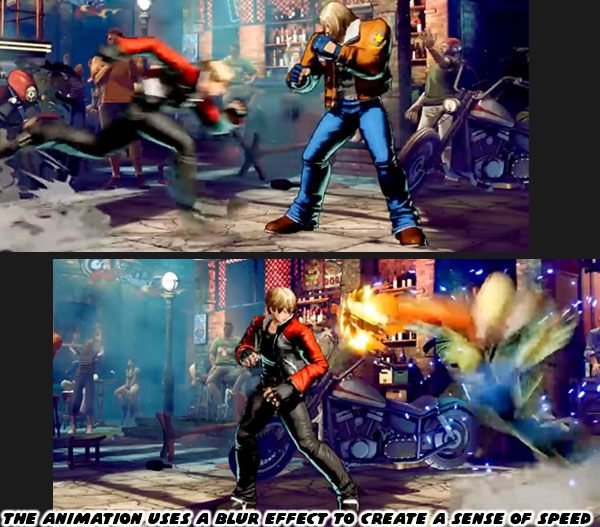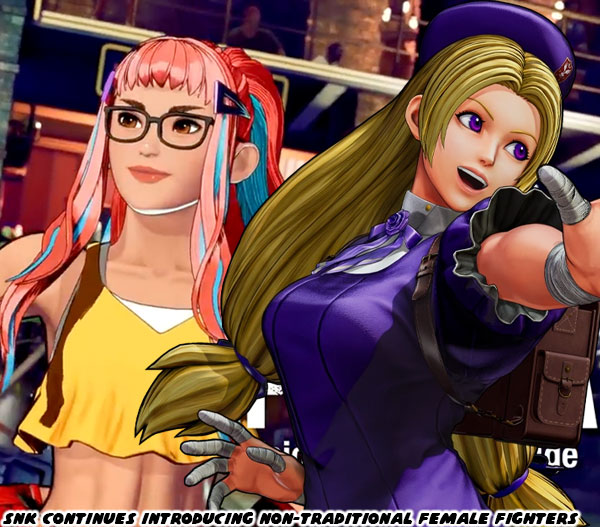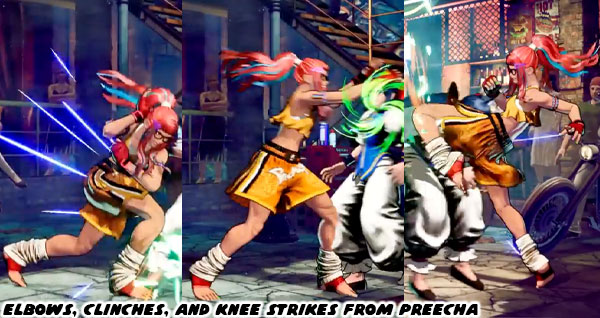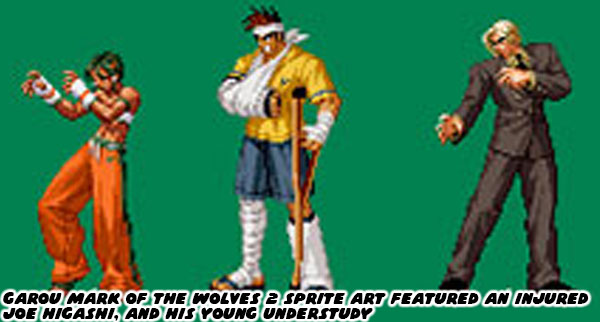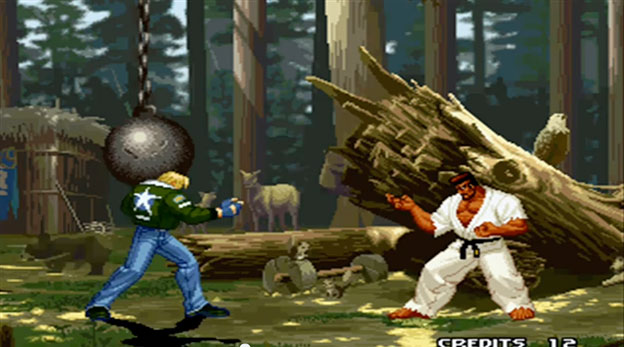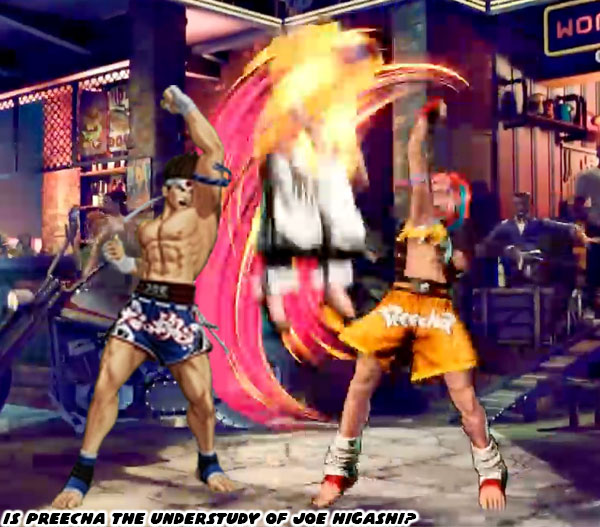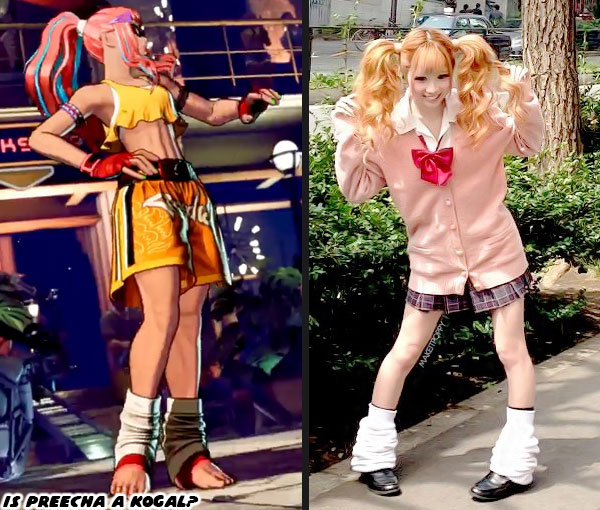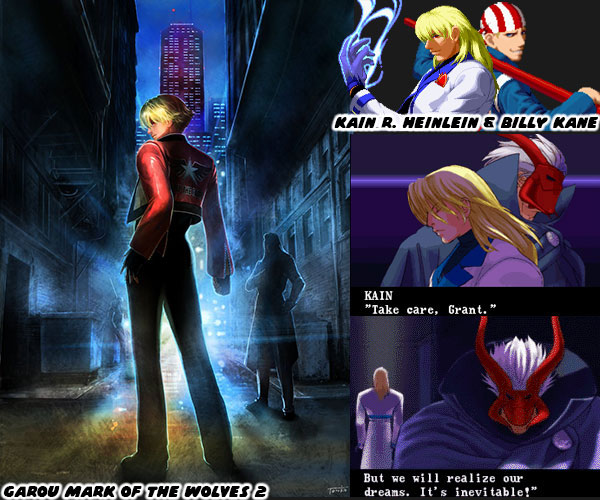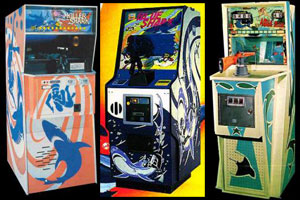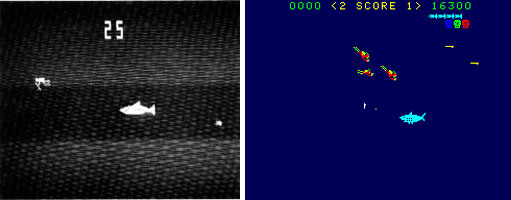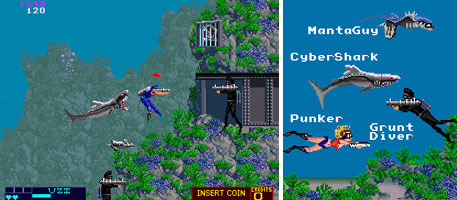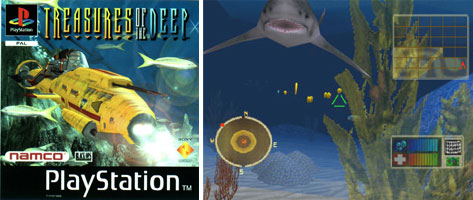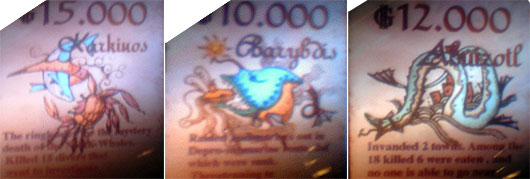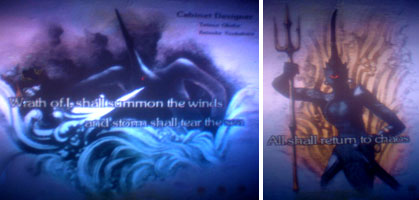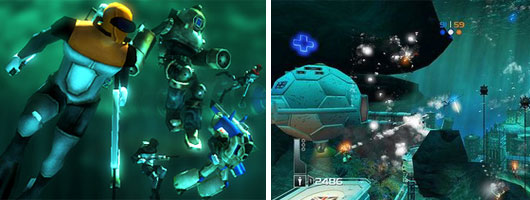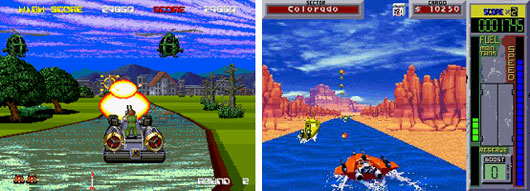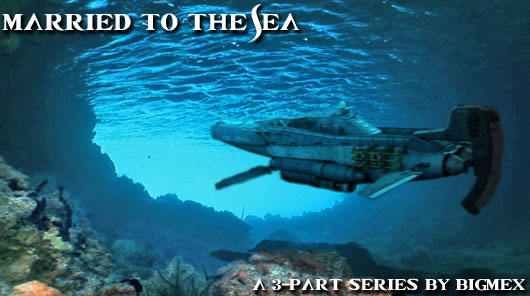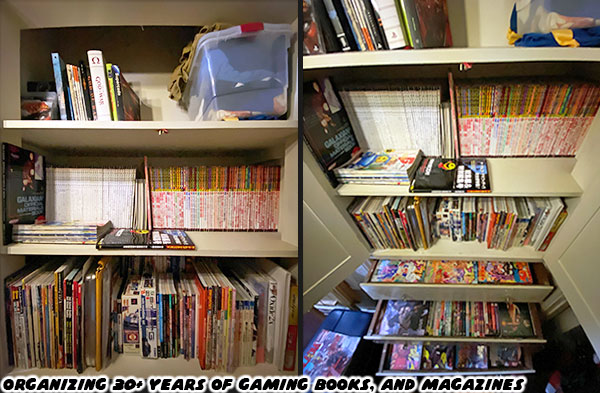
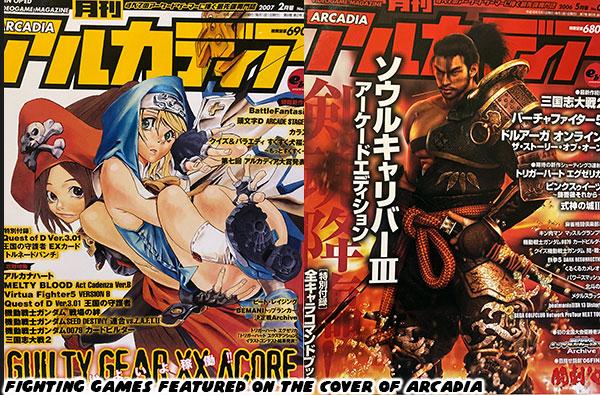
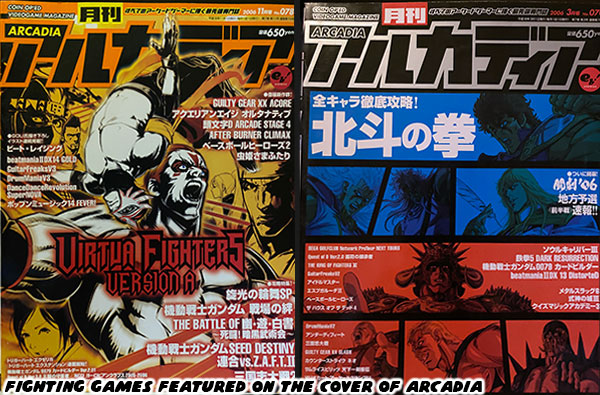
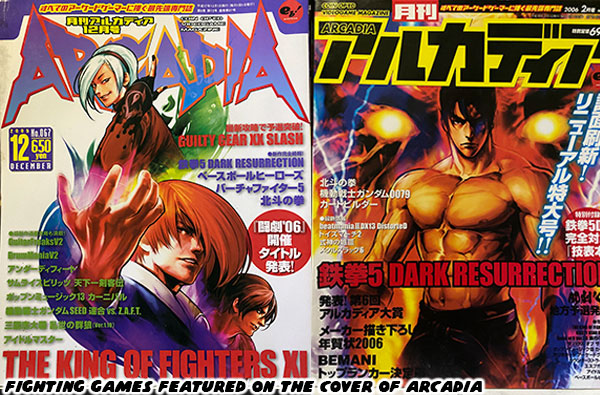
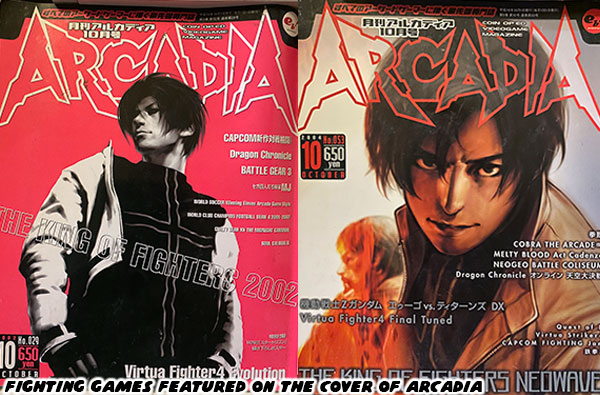
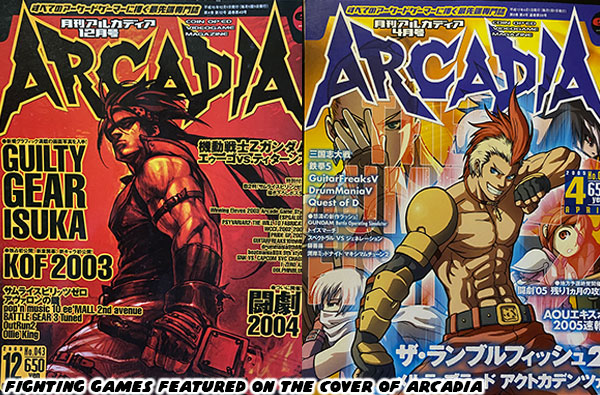
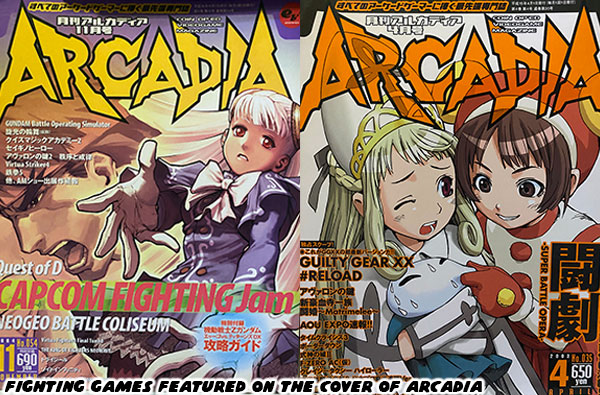
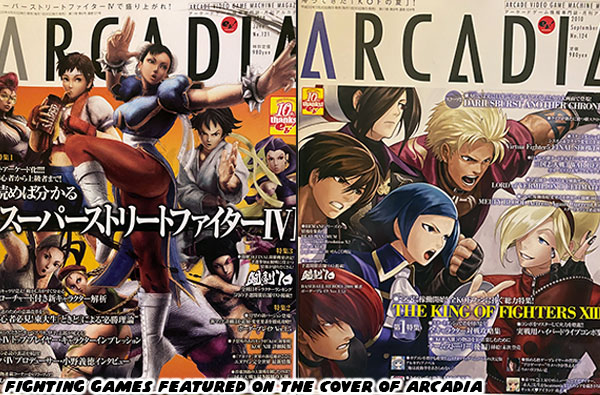
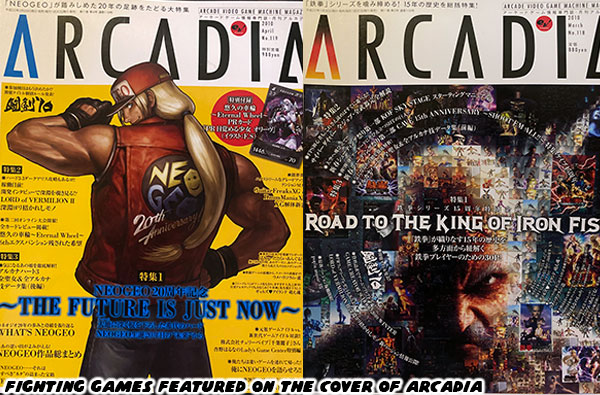
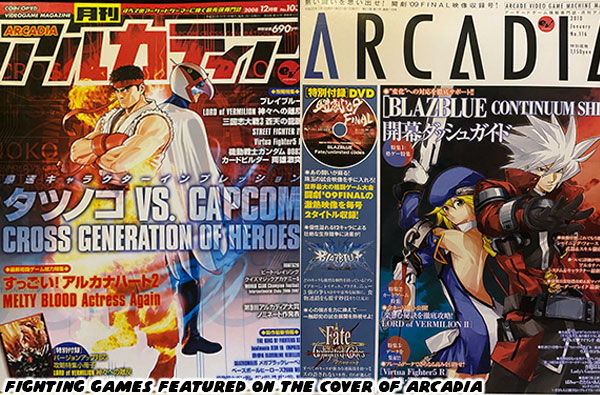
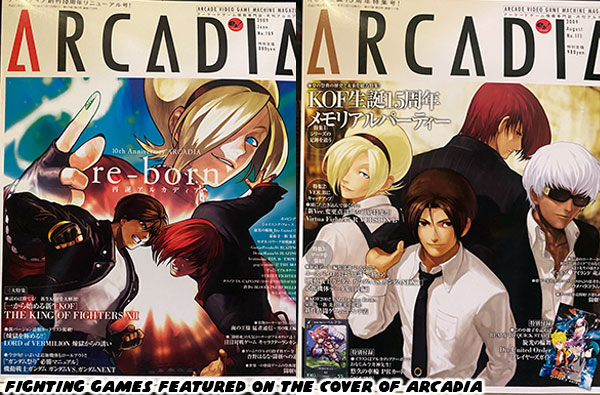
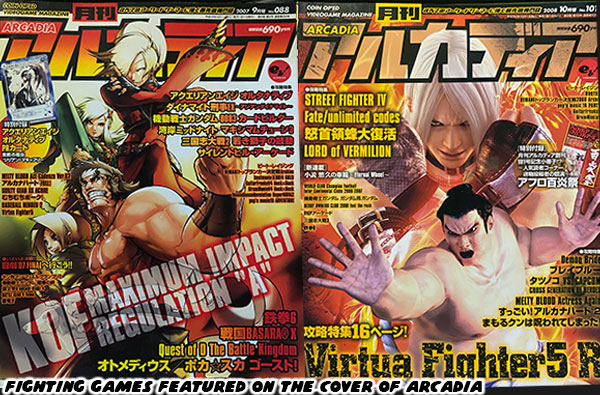
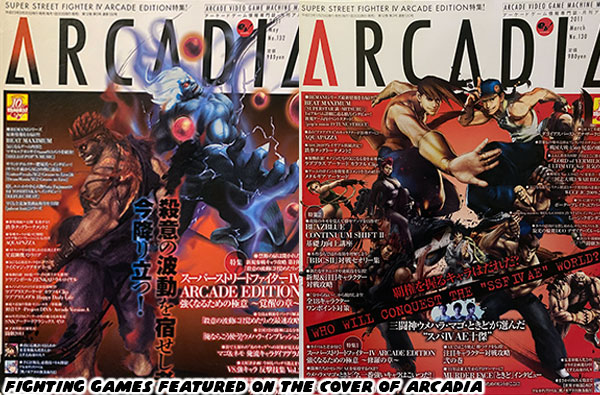
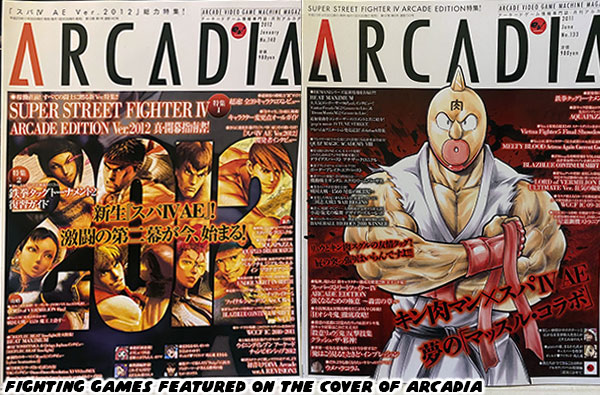
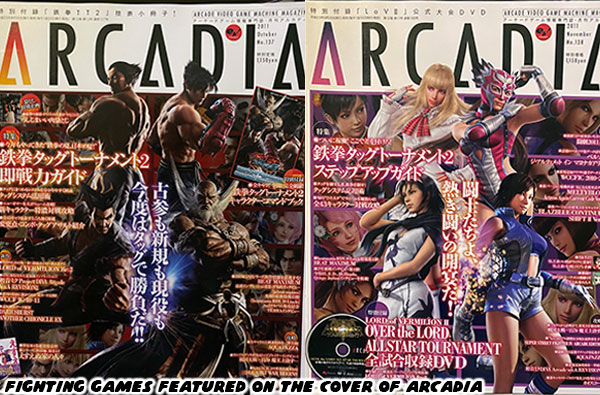
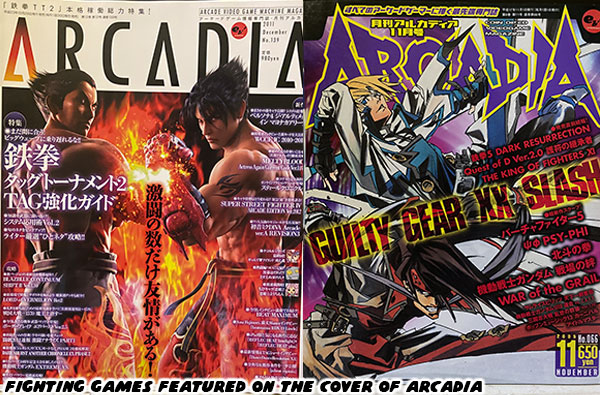
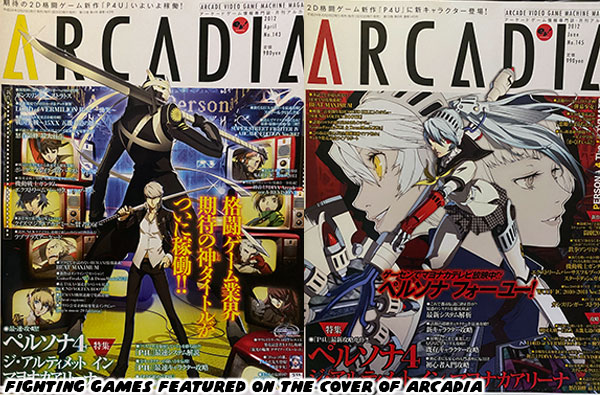
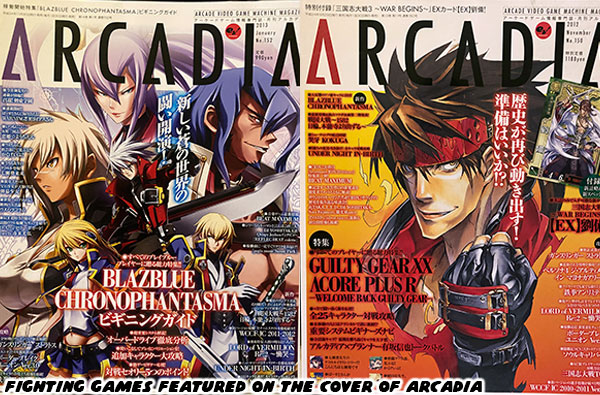
A blog about my interests, mainly the history of fighting games. I also talk about animation, comic books, car culture, and art. Co-host of the Pink Monorail Podcast. Contributor to MiceChat, and Jim Hill Media. Former blogger on the old 1UP community site, and Capcom-Unity as well.


















Hello friends, glad to see that you've made it to another Friday. What plans do you have for the weekend? It's my gal's 18th birthday. To celebrate my family and I will be attending the Wondercon 2012 in Anaheim. The show is being put together by the same people that organize the San Diego Comic Con. You might remember that a few years ago Anaheim was in a bidding war to host the Comic Con. Many had been saying for the past few years that the show had outgrown the SD Convention Center and was a logistical nightmare for attendees as well as sponsors.
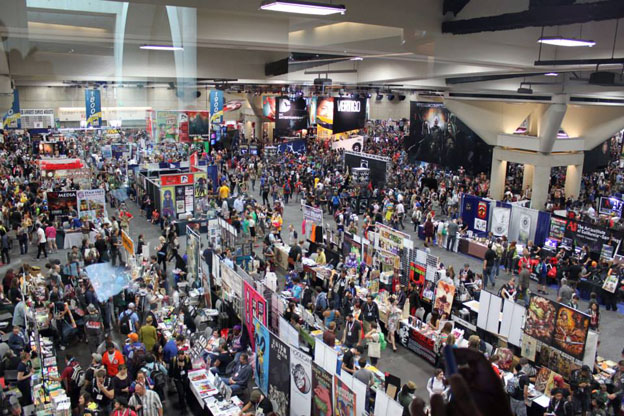
As I was digging up CD's to import I came across the Sonic Adventure figures I had given my daughter. Take a look at these classic figs.
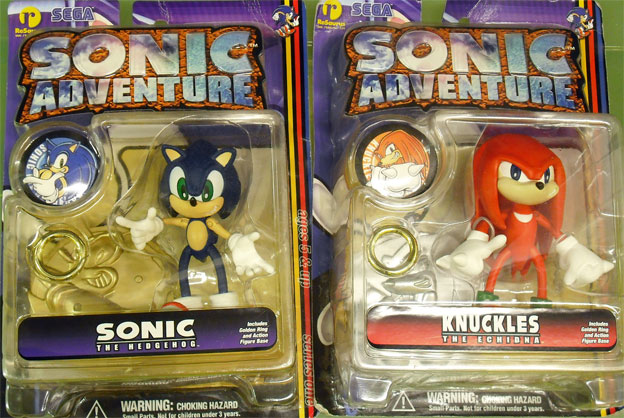
Almost all of the other action figures that I gave the little gal were loose. To mean that I had taken them out of their packaging ages ago. For some unknown reason I never took the Sonic figures out. Possibly because the series had such sentimental value to me.
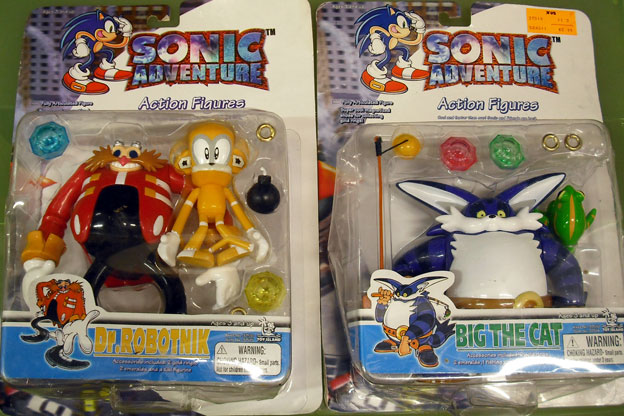
It turned out to be a good thing for collectors as the original Sonic Adventure figures go for a pretty penny these days. Check out eBay and see how much a mint set of these figures go for.
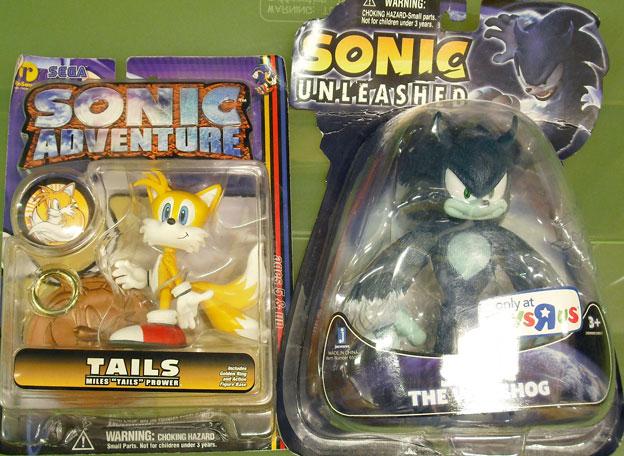
Those on a budget may not be able to pick up these classics but there is an even larger set of figures that they can collect from the Toys R Us. The series is celebrating its 20th Anniversary. Figures in the Classic and Adventure styles are out in multiple sizes. Sonic fans owe it to themselves to pick up the figures before they sell out again! I hope you have a great weekend and look forward to seeing news from the Wondercon next week. If you are going then let me know so I can get a pic with you. As always if you would like to sponsor me please visit my Patreon page and consider donating each month, even as little as $1 would help make better blogs and even podcasts!
The previous blogs mentioned that SNK was developing MMO titles for Korea and China. What many in the west might not know is how much the players in both countries are fans of the genre. It extends beyond the arcades and the consoles as well. The characters and icons developed over the years are very much engrained in popular culture overseas. One way of checking the relevancy of the franchises is by seeing how they are represented in comics and graphic novels.
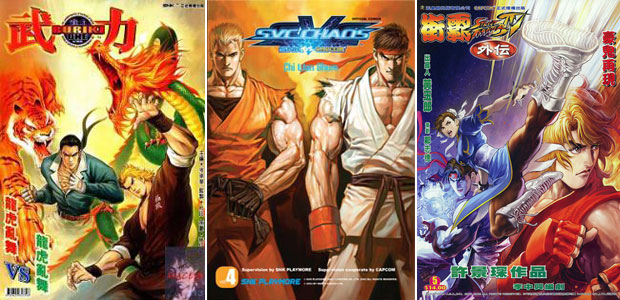
Chinese and Korean comics are called manhwa, or manhua depending on the pronunciation. The Japanese word for comics is manga, which has the basis in Chinese as well. Just about every major fighting game had a mahwa attached to it. The Art of Fighting, King of Fighters and Street Fighter series all had several licensed and unlicensed titles appear throughout Asia. There are noticeable differences between the Chinese Street Fighter manhwa and both Japanese manga as well as western comic books.
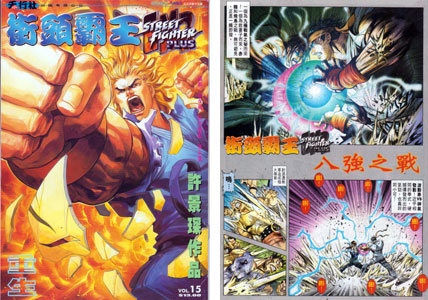
The first thing is the size of the volumes. Manhwa titles are in a larger format than comics or manga. They are almost magazine sized volumes. Manhwa are usually stand-alone titles like comic books. Most manga titles appear in a monthly series printed on newsprint or collected in an anthology. Japanese stories are also serialized and released in smaller format books. Manhwa titles are usually in color but aside from the glossy covers the pages are printed on cheaper newsprint.
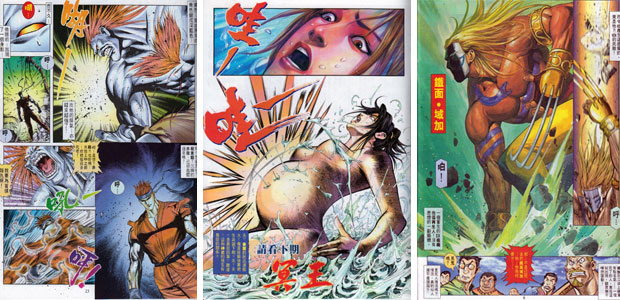
Mahwa based on fighting games are different from those featured in Japan or the USA for a number of reasons. In manhwa characters are all presented with the traditional costumes or uniforms yet later on in the series they are often presented in "player 2" colors as part of canon. These costume changes often signal a major plot point. In some instances the character that has been defeated or even killed is brought back much stronger and more dangerous. These Player 2 changes also signal a change in personality and in some instances abilities. The next major feature of manhwa are the non-canonical liberties that the writers and artists have with the characters. These titles introduce many new characters, plots and relationships that never appeared in game or in any other comic book. Chun-Li and Ryu for example often end up together in the stories, much to the delight of many fans. Sadly most of the characters and relationships in the series end in tragedy. Characters can actually get killed and they are not guaranteed to return.
The major artistic contribution that the format features is the inclusion of painted panels on several pages. The majority of the art is done with lightly inked panels but some of the strongest poses and frames are actually painted by the artist. Very few artists working in the manga or comic markets are able to do this, let alone on a consistent monthly basis. These painted panels are unique and refreshing to the graphic arts medium.
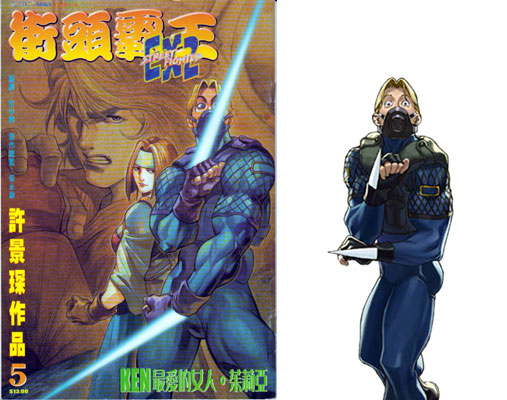
Unfortunately not all of the painted panels are original works. Many of the poses used for the figures and sequences in the books or the covers are lifted from official art. Even some of the sequences featured in the book can be based off the work from a Japanese manga like Masahiko Nakahira's Ryu Final series or from Udon's Street Fighter comics. The copies of art seem to be rampant in certain manhwa, as if the concept of intellectual property or even artistic integrity were lacking for some of the artists. But that is a cultural bias against the Chinese comics. As a whole there are some interesting takes on the canon and characters of the SF universe.
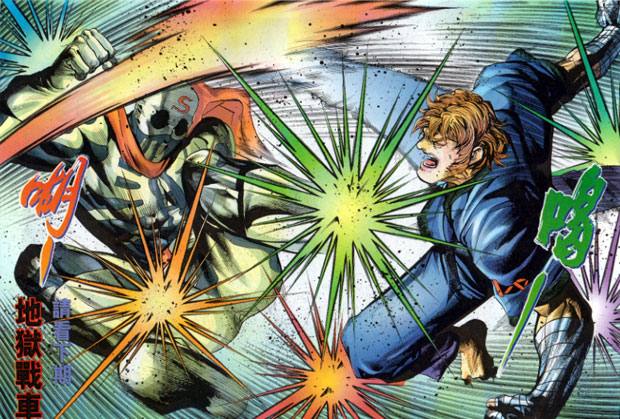
These comics show a completely different interpretation of the characters by some genuinely talented artist. They show that Japanese and North American artists are not the only ones that can do the Capcom icons justice. In fact many of the best manhwa artists working in Korea contributed to the SF Tribute book.
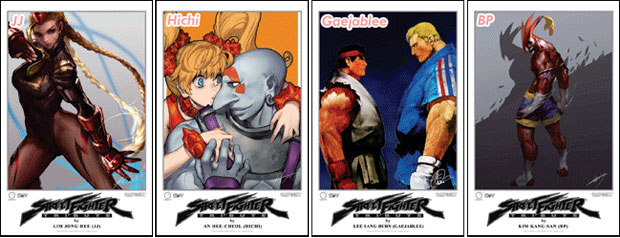
The hard part is getting access to these books. Not every town is fortunate enough to have a large Chinese community where these comics might turn up. I was lucky enough to find some on eBay and even Italian language versions of some SF books. There were a couple titles released in English a few years ago. One for the KOF series and the other for SNK vs Capcom Chaos. Those collections might still be available in local comic book stores. The only other way to see some of these interesting books would be to try one of the larger free manhwa sites online.
Perhaps someday these artists might get more exposure on the pages of western titles. It would be interesting to see a collaboration of manhwa designs and designers working on the next generation of SF characters, wouldn’t you think?
As always if you would like to sponsor me please visit my Patreon page and consider donating each month, even as little as $1 would help make better blogs and even podcasts!